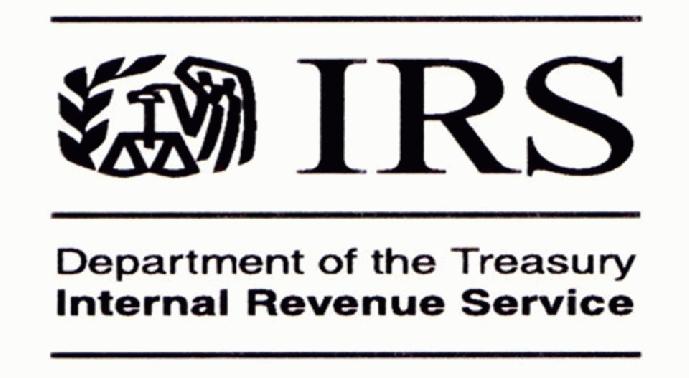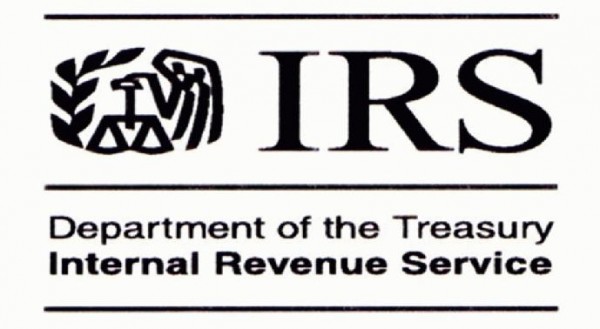That time of year is on its way…the dreadful tax season. As business owners (specifically sole-proprietors or small companies who aren’t capable of hiring full-time employees) various tax forms that must be filed and their requirements can be a bit overwhelming. In the end, however, if completed properly these forms can save you a lifetime of worry and unnecessary monies being owed to Uncle Sam.
If you are a business owner and prefer to hire independent contractors (IC), there are few things you should know before filing your 2013 taxes. Contractors and how you classify them can be tricky and should be paid careful attention. The IRS want to make sure business owners aren’t skipping out on potential payroll taxes, social security, or medicare taxes. To stay clear of owning money, first you need to ensure that the independent contractors you hire fall within the IRS definition of an IC.
Are the individuals providing services for you an independent contractor, employee, statutory employee, or a statutory nonemployee? By clicking on the highlighted names, you will find more information on how each is defined.
Once you’ve determined what type of worker you are paying, then see if this individual fall within the IRS’s 3-point rule-of-thumb concerning an independent contractor or employee.
Behavioral: Does the company control or have the right to control what the worker does and how the worker does his or her job?
Financial: Are the business aspects of the worker’s job controlled by the payer? (these include things like how worker is paid, whether expenses are reimbursed, who provides tools/supplies, etc.)
Type of Relationship: Are there written contracts or employee type benefits (i.e. pension plan, insurance, vacation pay, etc.)? Will the relationship continue and is the work performed a key aspect of the business?
The goal is to determine if the relationship as a whole contains the right to “direct or control”, and to what extent does this happens by the employer. If you have trouble determining a person’s IC status, the IRS offers Form SS-8. You or the worker can complete the form and send it to the IRS. It takes up to six months for review. But, the IRS will determine which category the worker falls so that your business entity can file the proper tax forms going forward.
Now, if you hired an “independent contractor”, here are some things that a business owner should have on file for that person.
1. A contract agreement that spells out what services that person will provide. Agreement should state that the employer is not responsible for withholding any taxes.
2. A copy of the IC’s business license or certificate of insurance (if applicable) and/or a business card.
3. IC or employees full name, social security number, and address. If not obtained, the employer is required to withhold backup withholding taxes for federal income taxes.
4. Invoices created by and sent to you by the IC.
As for you (the employer), you must complete Form 1099-Misc by the end of the year. The 1099 records how much was paid to the IC during the course of that year. If you paid an IC more than $600 in 2013, it is a requirement that you file the 1099 and give the IC a 1099. The IC must receive Form 1099-Misc by January 31, 2014. The Form 1099 and its transmittal Form 1096 must be filed by February 28, 2014.
The IRS audits these categories very closely. If it is found that you have misclassified an employee, you can face penalties and fines. But, there is a light at the end of the tunnel. You can inform the IRS of the mishap, but contact them as soon as possible. They will allow you time to reclassify the employee(s) without being penalized for prior years.
For more information regarding independent contractors and the IRS, pleas visit www.IRS.gov.




